 When talking about capoeira, it’s essential to mention two names that became legends: Mestre Bimba and Mestre Pastinha. Both from Salvador, Bahia, they were largely responsible for transforming and preserving capoeira as we know it today.
When talking about capoeira, it’s essential to mention two names that became legends: Mestre Bimba and Mestre Pastinha. Both from Salvador, Bahia, they were largely responsible for transforming and preserving capoeira as we know it today.
At a time when capoeira was still heavily marginalized and persecuted, they were more than masters; they became symbols of Afro-Brazilian resistance and identity. Thanks to their vision and dedication, this art, born from the pain and resilience of African peoples, gained respect and recognition, crossing borders and being declared Intangible Cultural Heritage of Humanity by UNESCO.
Today, all around the world, capoeira circles, schools, and groups carry the legacy of Bimba and Pastinha, keeping alive both the traditional roots of Capoeira Angola and the dynamic energy of Capoeira Regional.
Mestre Pastinha: The Guardian of Capoeira Angola
Vicente Ferreira Pastinha, known as Mestre Pastinha, was born in 1889 in Salvador and became the greatest representative of Capoeira Angola, a style that most faithfully preserves the African roots of capoeira, which arrived in Bahia through enslaved Africans.
From a young age, Pastinha was exposed to capoeira and quickly fell in love with the slow and strategic game characteristic of Angola. He became a teacher at a very young age but had to pause his activities for several years, as capoeira was a prohibited practice punishable by two to six months in prison.
In 1941, Mestre Pastinha was invited by his former student, Raimundo Aberrê, to attend a roda at Jinjibirra (or Gengibirra). Upon arriving, he found great masters gathered there, including Amorzinho, a respected civil guard and leader of the roda. In a symbolic gesture, Amorzinho entrusted Pastinha with the responsibility of leading that capoeira. With the support of other masters present, such as Antônio Maré, Pastinha accepted the mission that would change his life and the history of Capoeira Angola.
In a commitment to organize and strengthen Capoeira Angola, Pastinha founded the Centro Esportivo de Capoeira Angola (CECA) at Largo do Cruzeiro de São Francisco in Salvador. CECA was officially established in 1952 and, three years later, moved to the mansion at Praça do Pelourinho. At 66 years old, Pastinha led a space that would become the cradle of the Angoleira tradition, training masters who would spread his philosophy around the world.
His legacy was the preservation of tradition, ensuring that capoeira did not lose its roots despite the changes that occurred in the following decades. To this day, Capoeira Angola rodas in Brazil and worldwide revere Pastinha as the guardian of traditional capoeira.
Mestre Bimba: The Capoeira Regional
Manoel dos Reis Machado, known as Mestre Bimba, was born in 1899 in Salvador and became the creator of Capoeira Regional, a version that modernized capoeira and helped it gain national and international recognition.
From a young age, Bimba showed talent for capoeira. At twelve years old, he began training with Bentinho, a famous capoeirista of that time, and soon realized that the practice needed more organization to be valued. During that period, capoeira was still considered a crime and was often associated with vagrancy. Its practitioners were persecuted by authorities, frequently facing arrests and harsh punishments.
Within this context, Mestre Bimba created Capoeira Regional, which combined traditional capoeira with movements from other martial arts, greater precision in strikes, and a structured teaching methodology. He introduced training sequences, student graduations, and public demonstrations, making capoeira more accessible and respected as an Afro-Brazilian martial art.
In 1932, he founded in Salvador the Centro de Cultura Física e Luta Regional Baiana, considered the first formal capoeira school officially recognized on Brazilian soil. This work was essential in removing capoeira from marginalization and gaining respect, also presenting it as a practice of discipline, health, and education.
Mestre Bimba’s legacy was to modernize and popularize capoeira, paving the way for it to become an Intangible Cultural Heritage of Humanity and cross borders. To this day, his methodology is present in academies and rodas both inside and outside Brazil.
Difference Between Capoeira Angola and Capoeira Regional
To understand the history of capoeira and the legacies of Mestre Bimba and Mestre Pastinha, it is necessary to know the two main styles that took shape in Bahia: Capoeira Angola and Capoeira Regional. Each has its own distinct characteristics, reflecting the philosophies of their greatest representatives.
Capoeira Angola, taught and preserved by Mestre Pastinha, is considered the most traditional form of capoeira, maintaining a strong connection to its African roots. Its style is more strategic, low to the ground, and cunning. Angola rodas are usually accompanied by more harmonious berimbau rhythms, and the movements carry cultural and spiritual significance, emphasizing the connection with ancestors. (Mandinga and Malandragem - Mestre Nô)
Capoeira Regional, created by Mestre Bimba, arose from the need to modernize and legitimize capoeira as a martial art. Its style is faster, more athletic, and direct, incorporating straighter movements, jumps, and training sequences that facilitate learning and prepare students for self-defense. Regional paved the way for capoeira to gain recognition, attracting new practitioners in Brazil and around the world.
Despite their differences, the two styles complement each other and represent two sides of the same Afro-Brazilian tradition. While Angola keeps ancestral roots and traditional philosophy alive, Regional ensured capoeira’s visibility, acceptance, and global expansion. Together, they preserve and strengthen the legacy that began in the Black communities of Bahia and is now celebrated in rodas around the world.
Thanks to the dedication of these two masters, capoeira moved from being persecuted and marginalized to becoming one of the greatest symbols of Afro-Brazilian culture. Their schools, teachings, and philosophies have transcended generations, crossed borders, and today inspire millions of practitioners across all continents.
More than just a fight or dance, capoeira is a living language of resistance, identity, and ancestry that continues to reinvent itself without losing its roots. In remembering Pastinha and Bimba, we celebrate not only two masters but true guardians of Afro-Brazilian memory and culture.
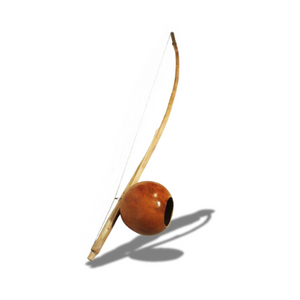
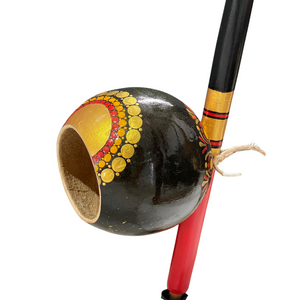
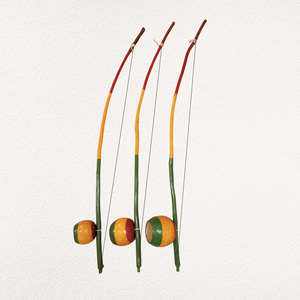
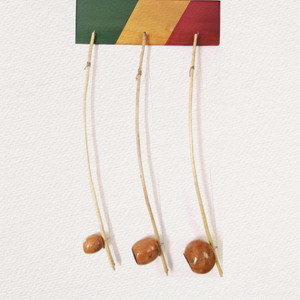
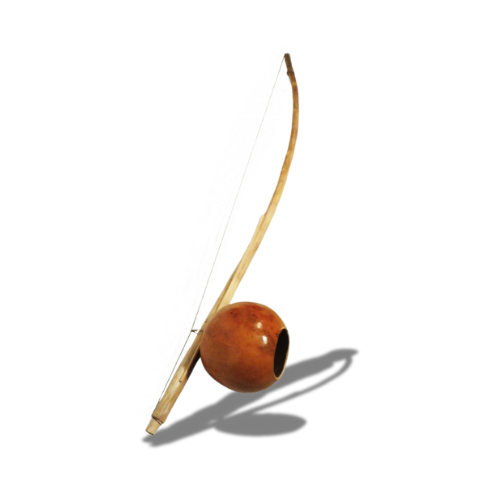
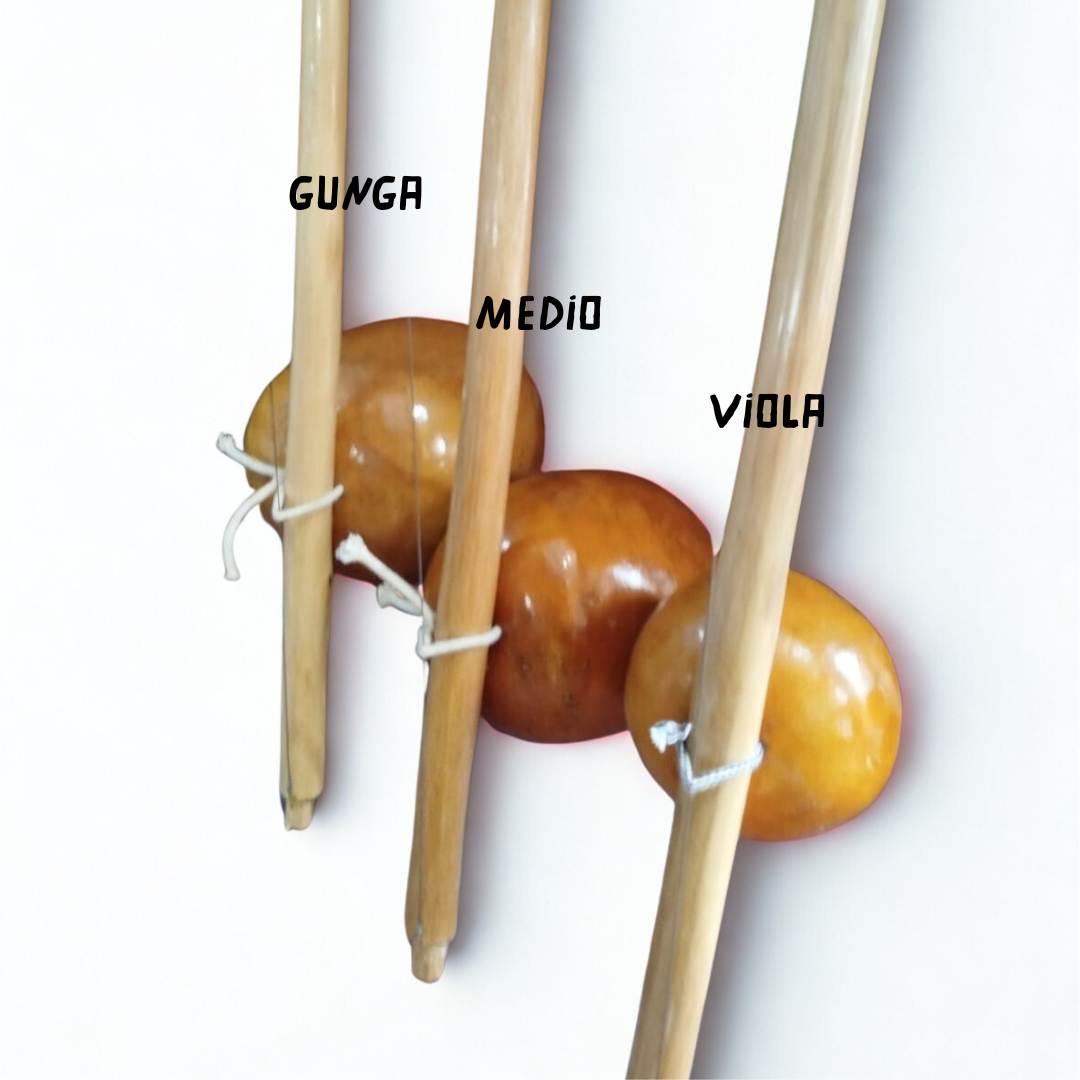
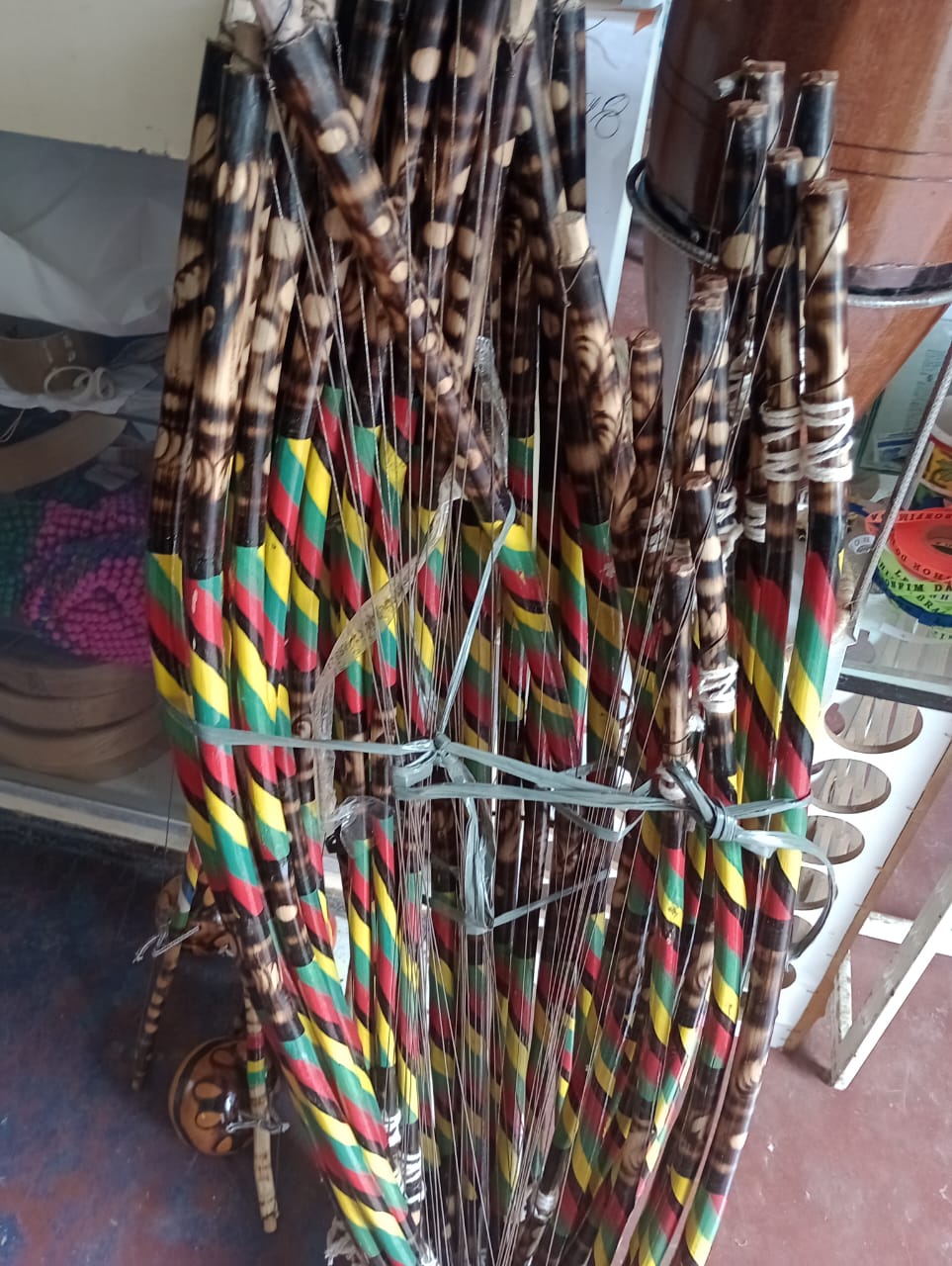
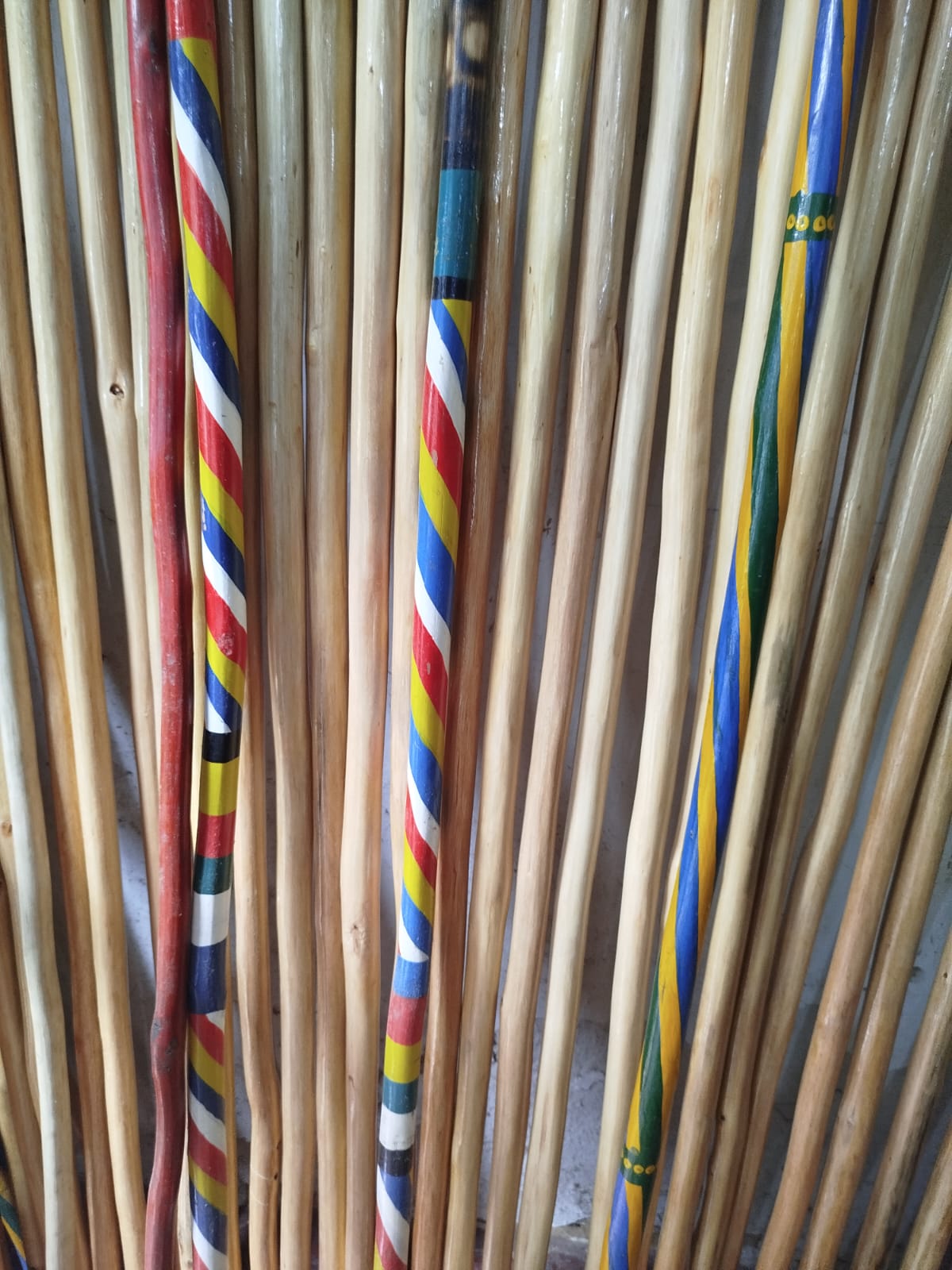
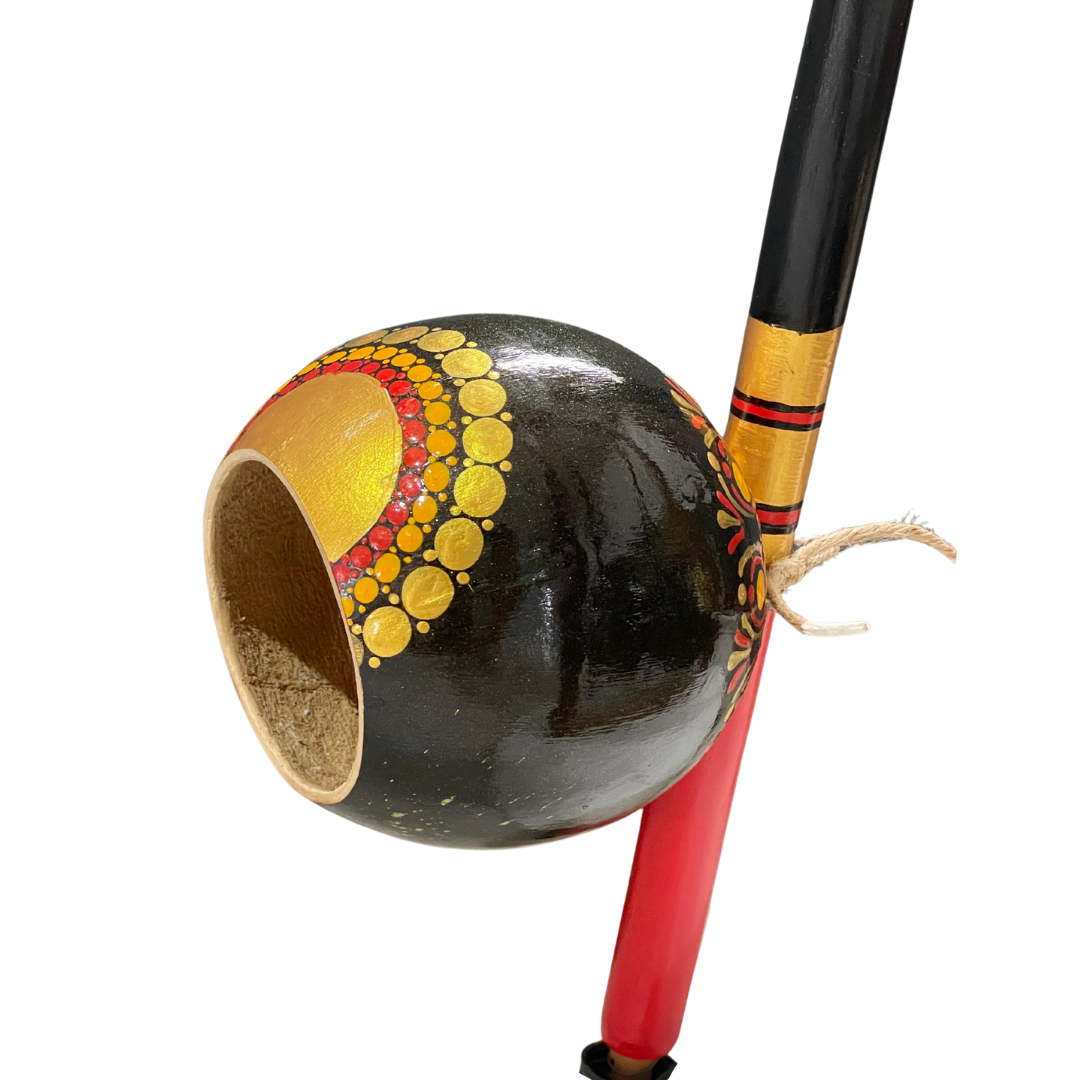
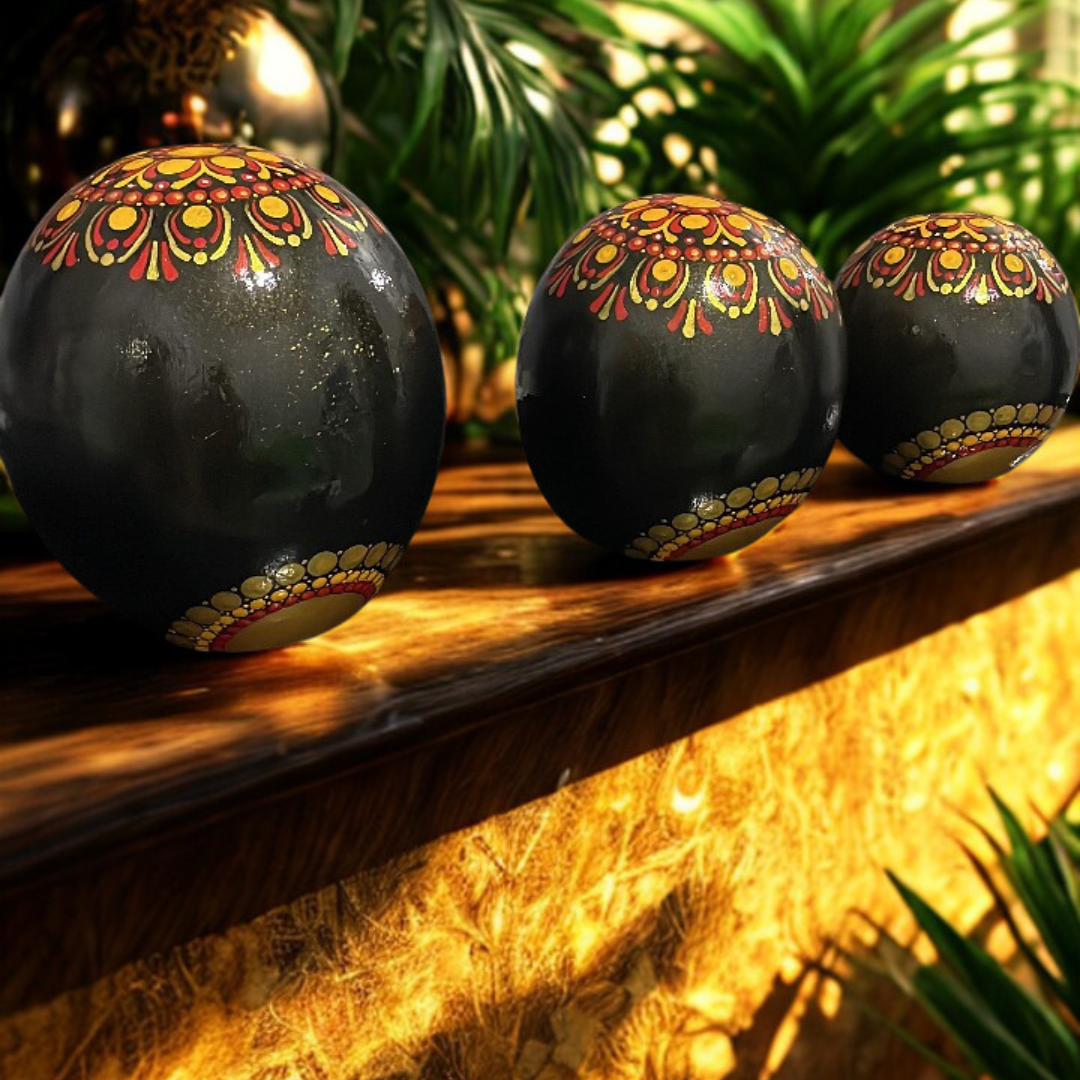
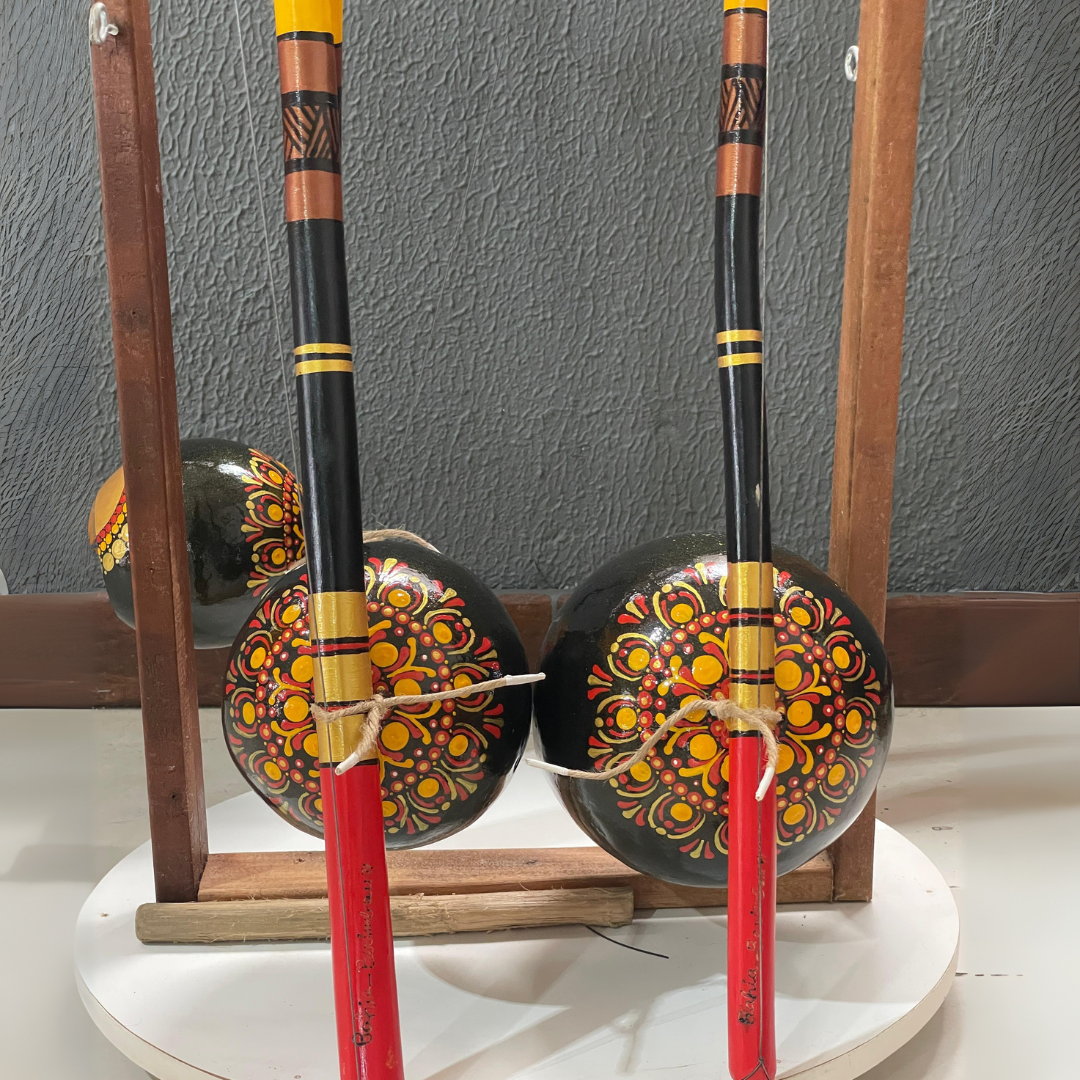
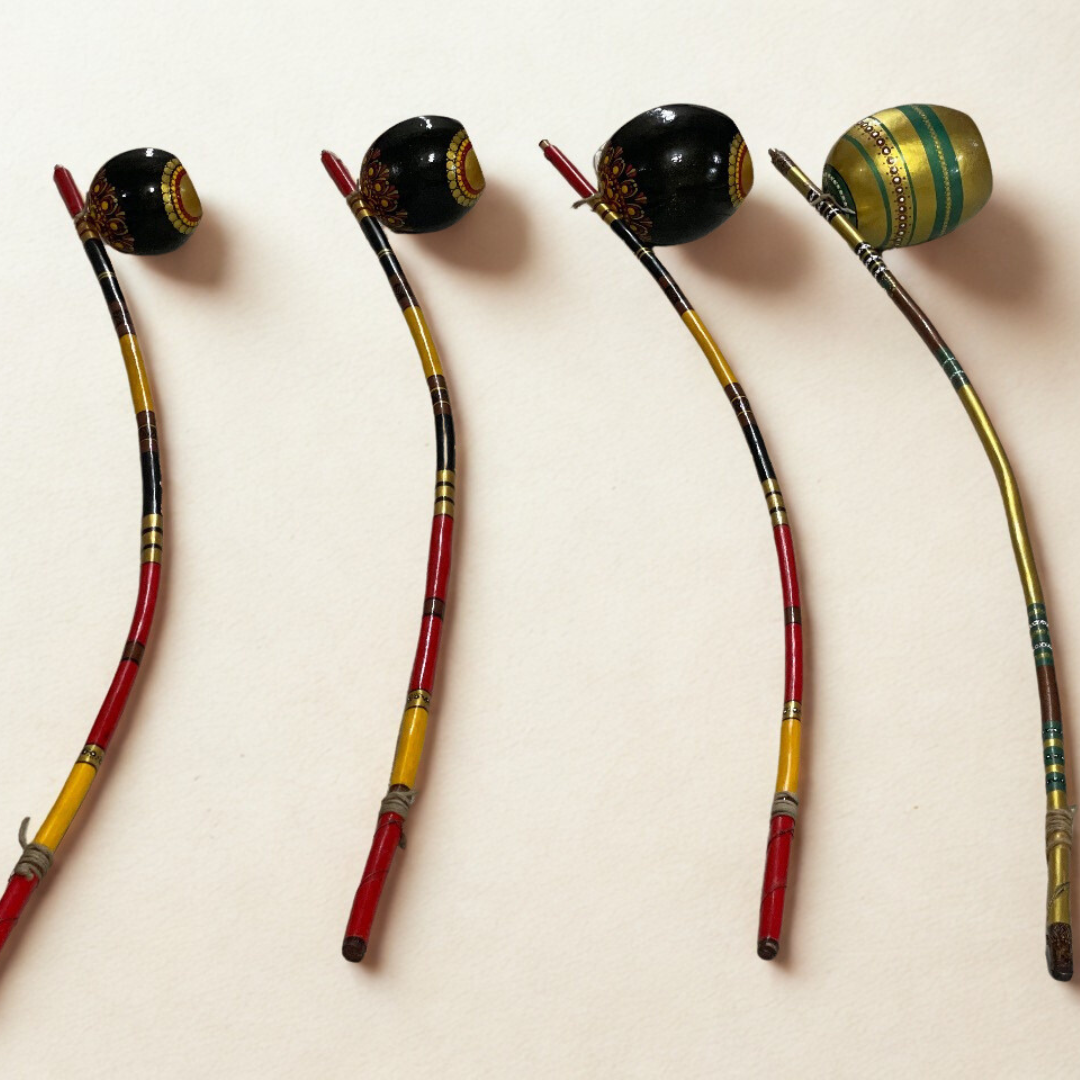
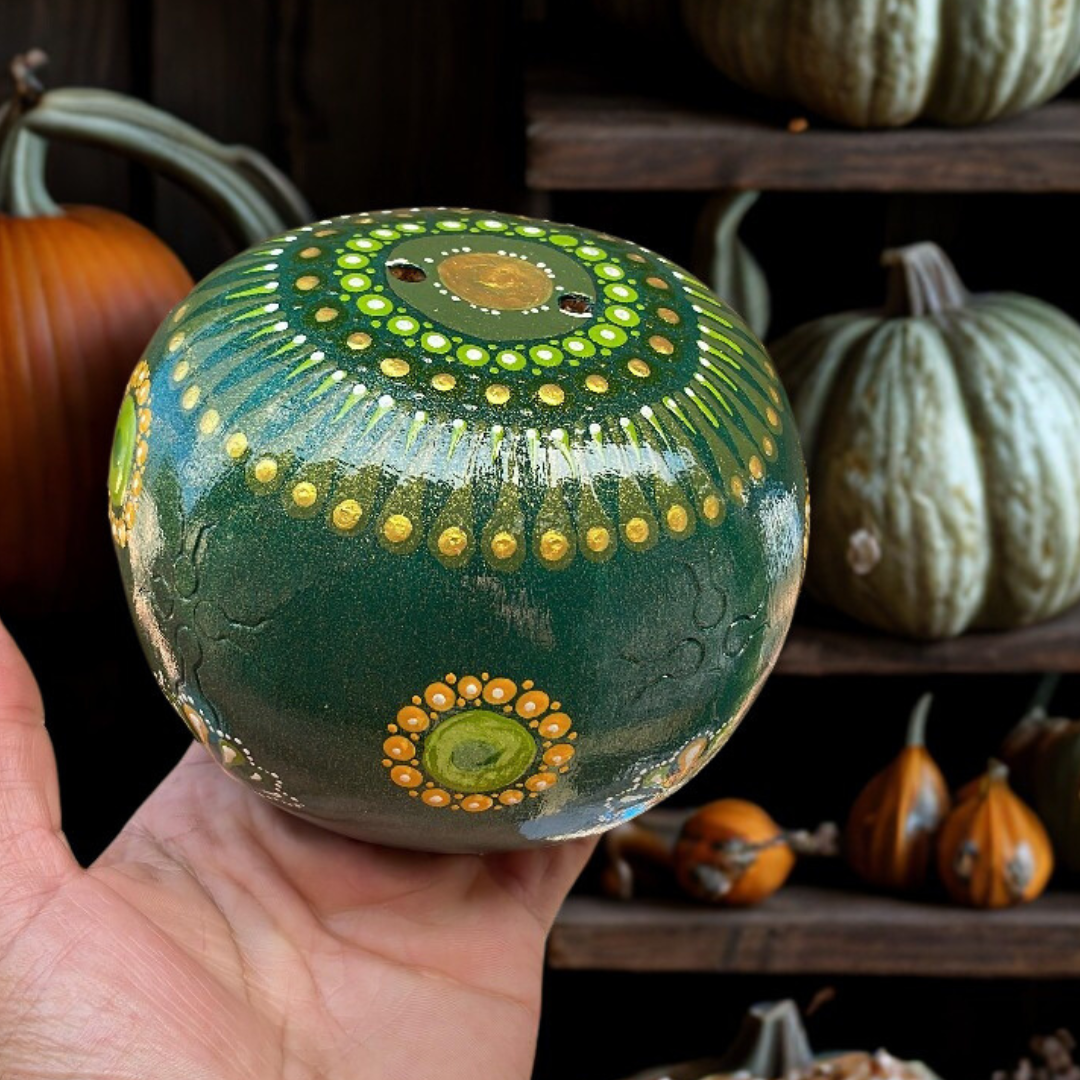
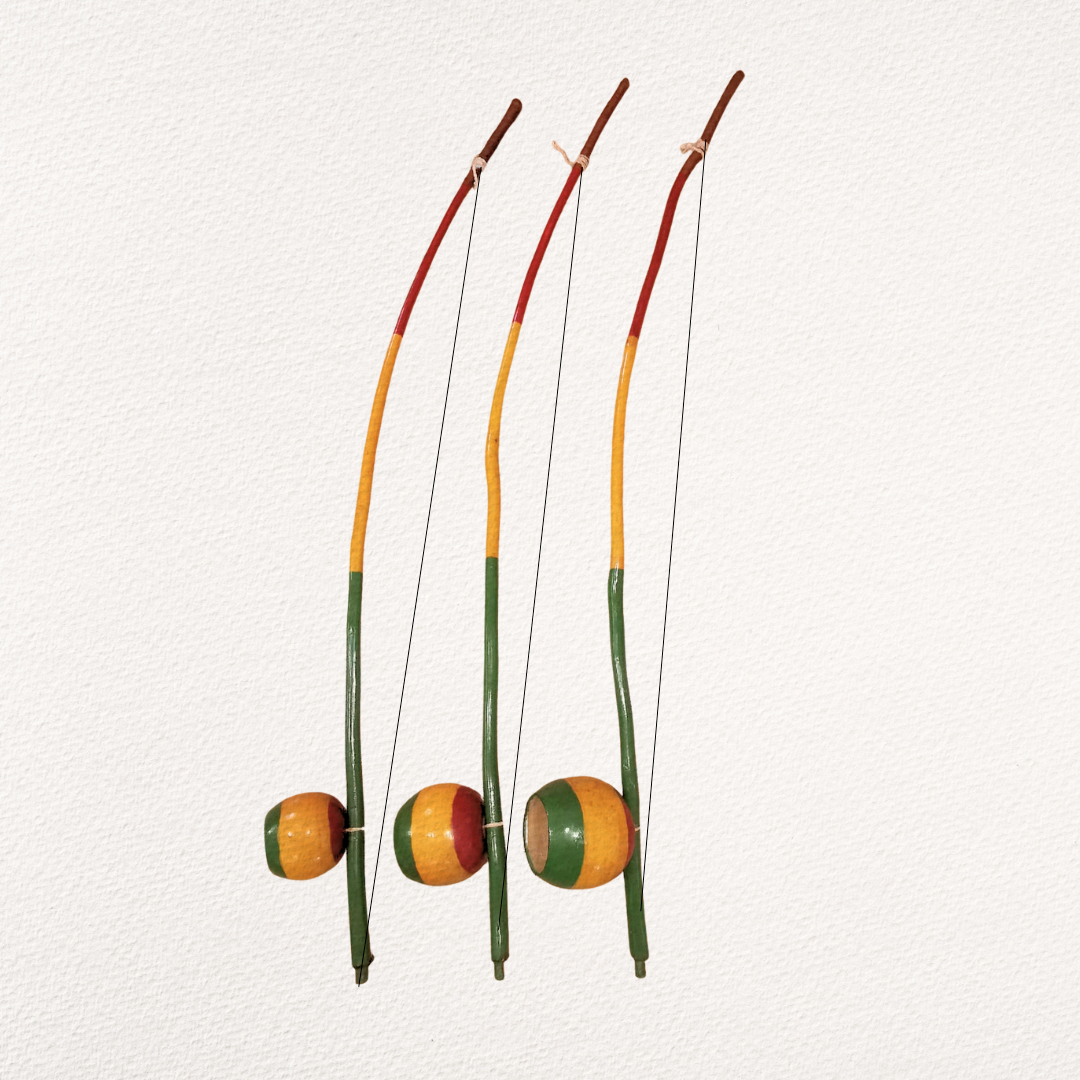
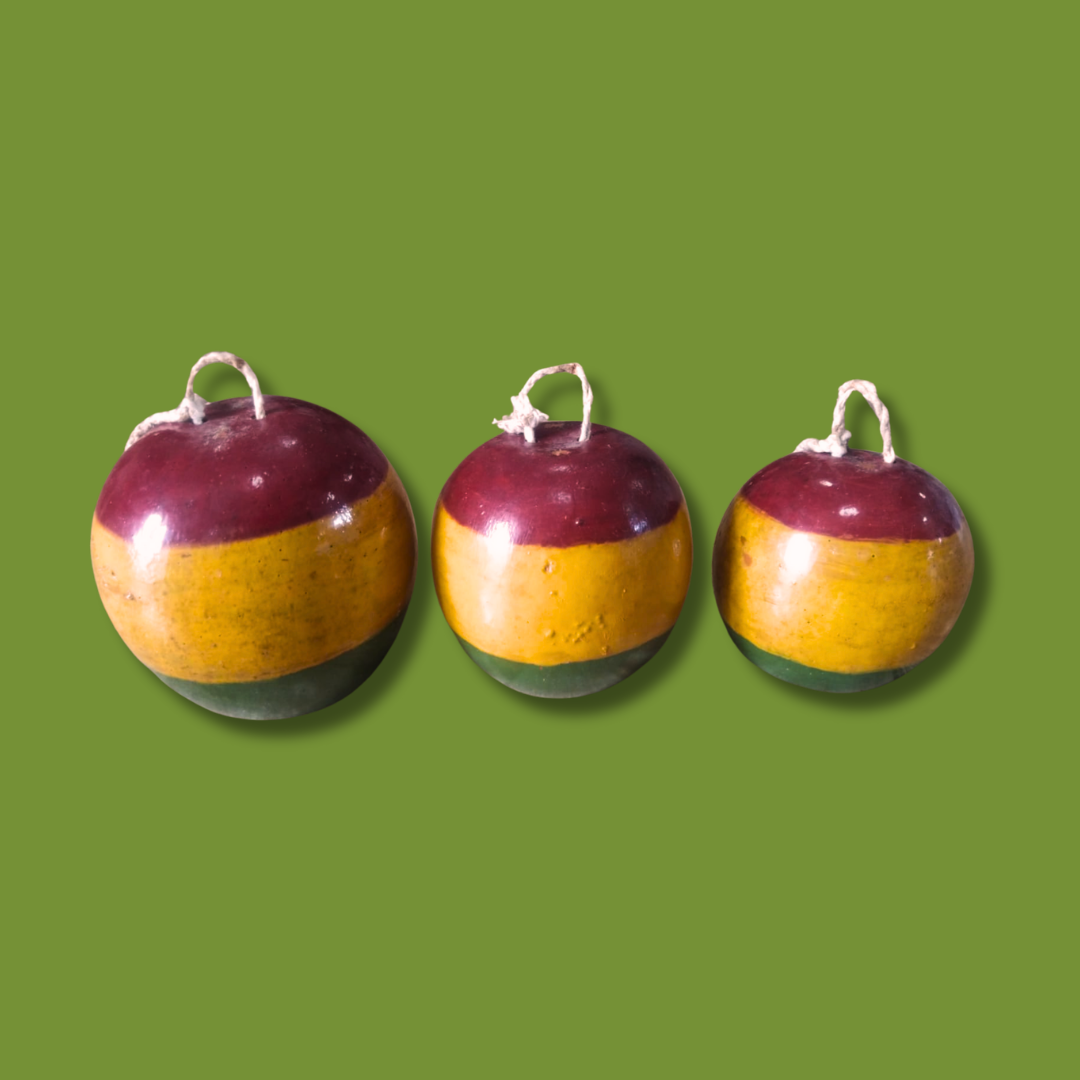
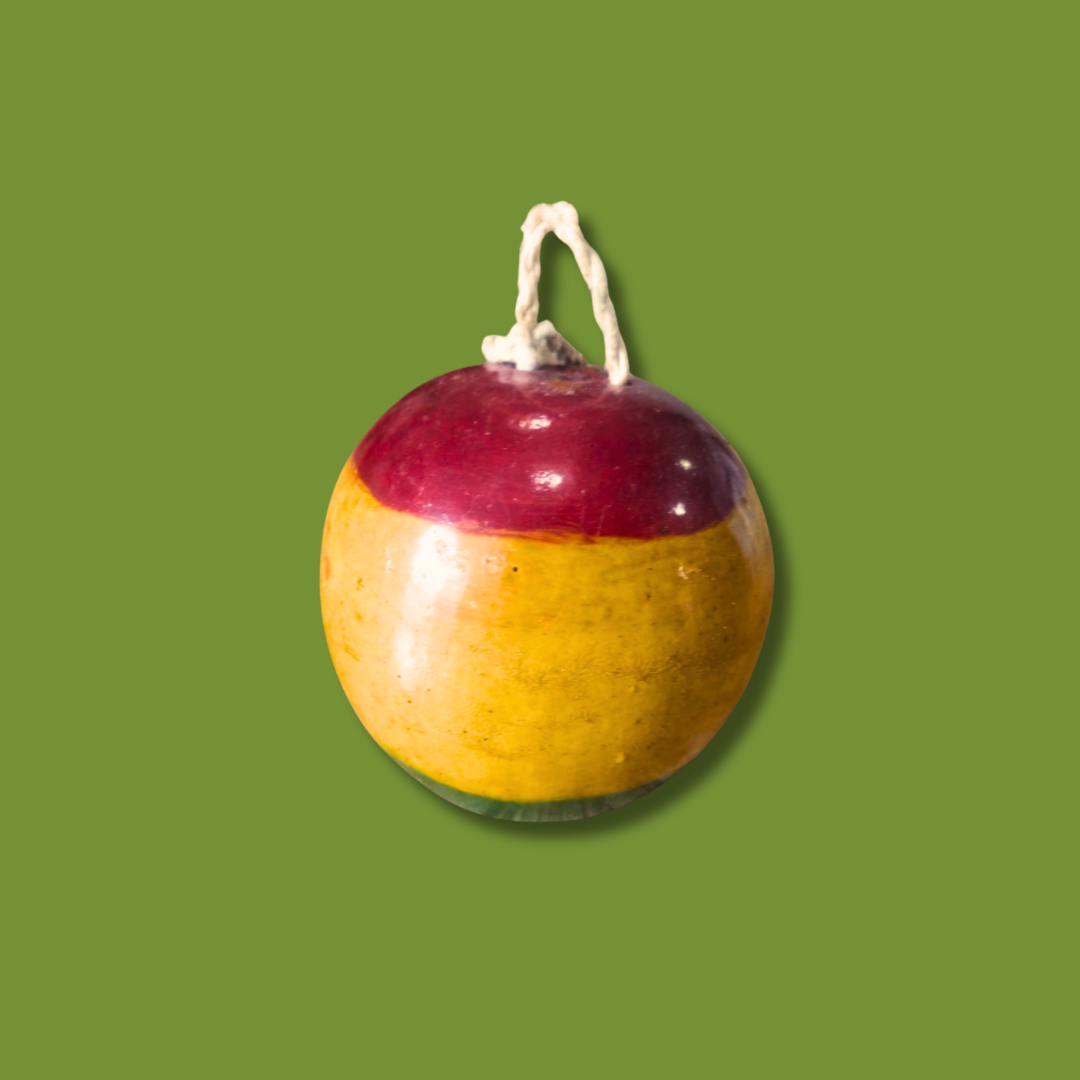

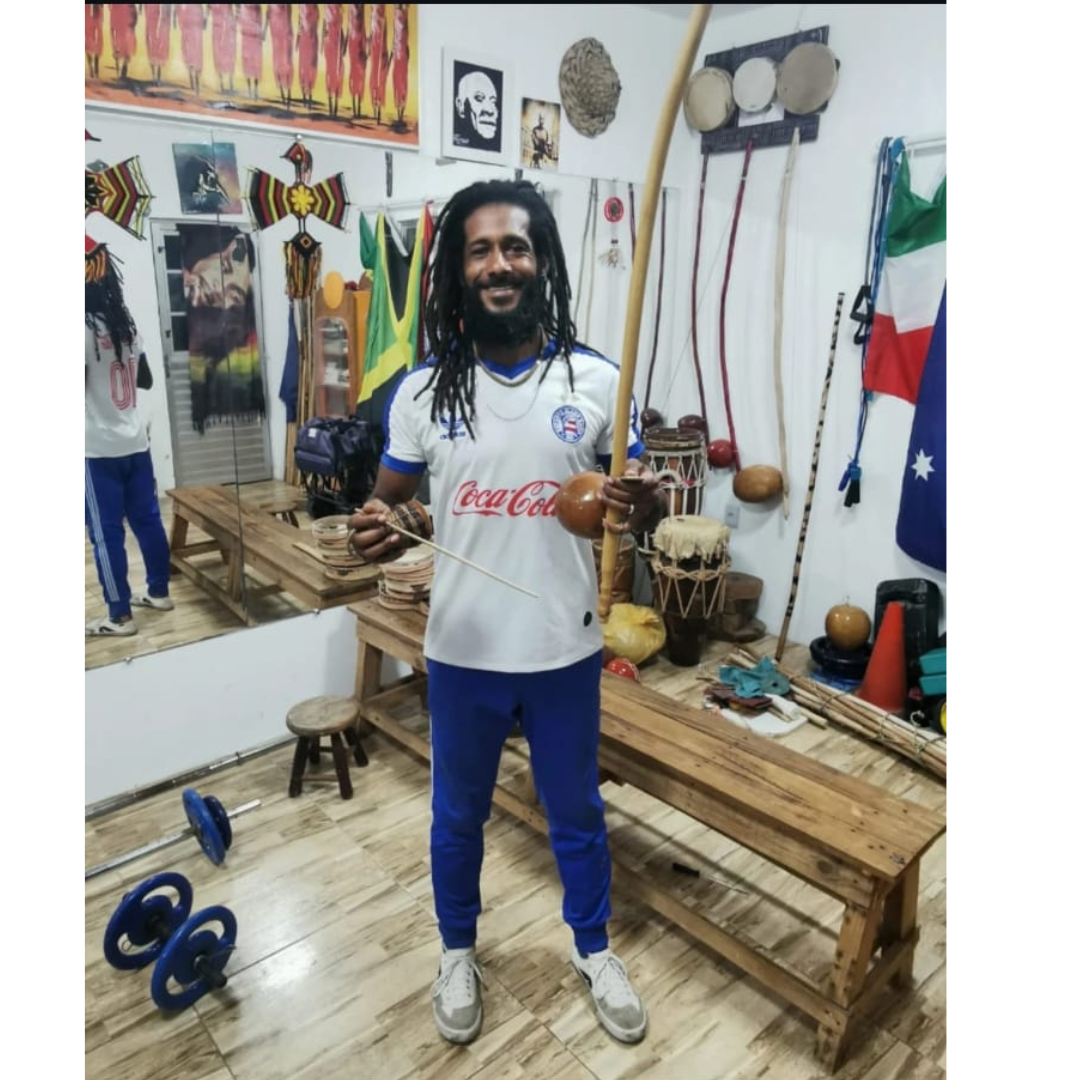
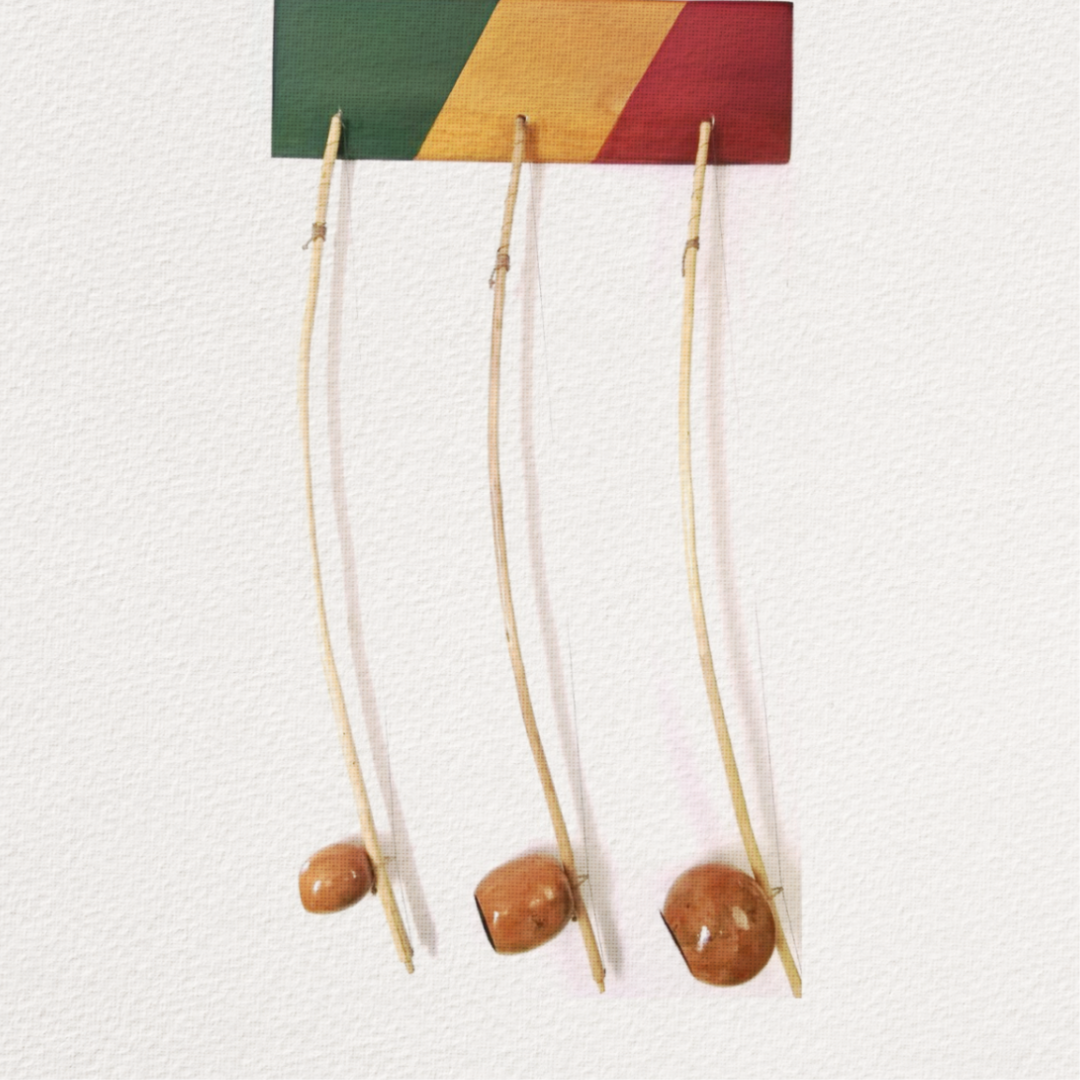
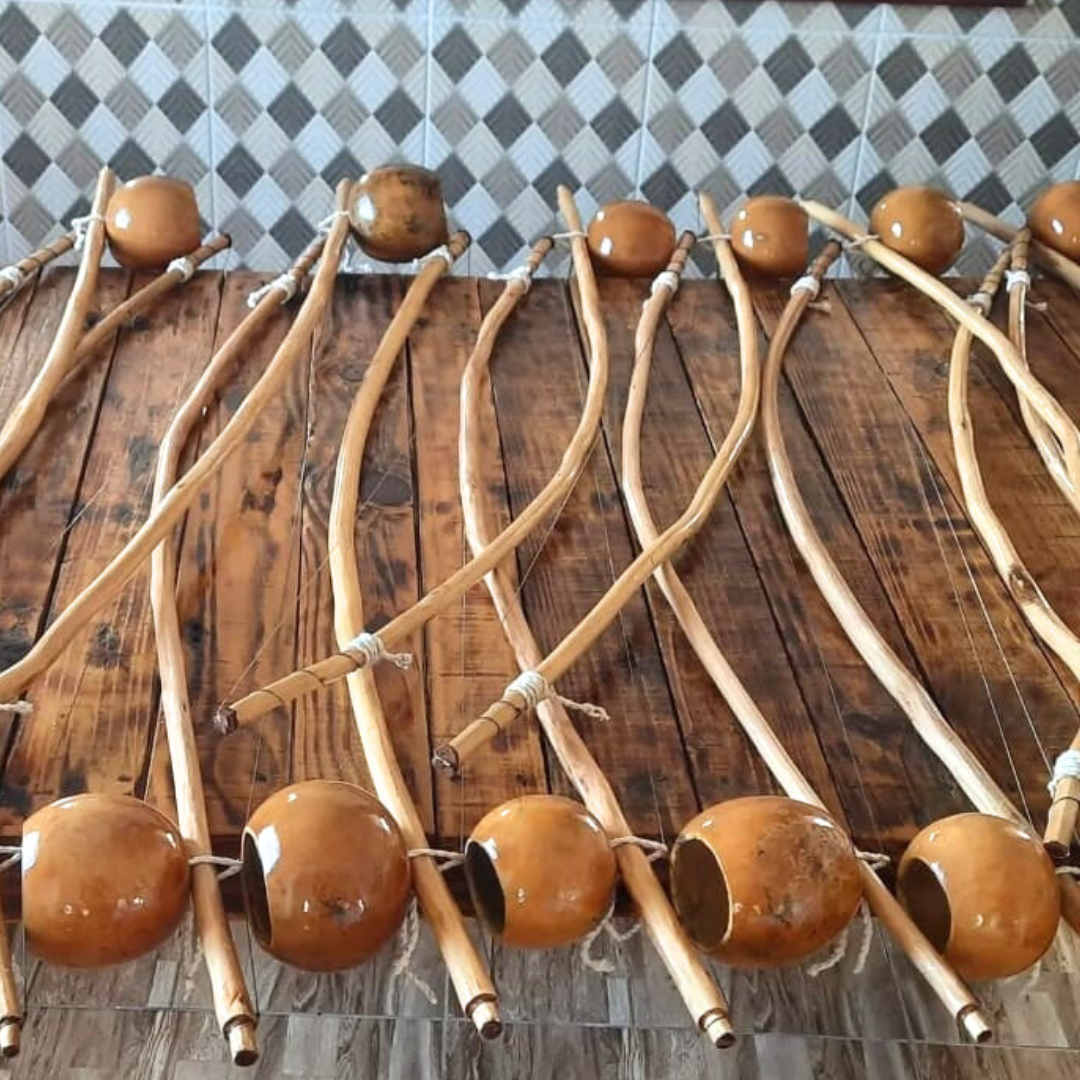
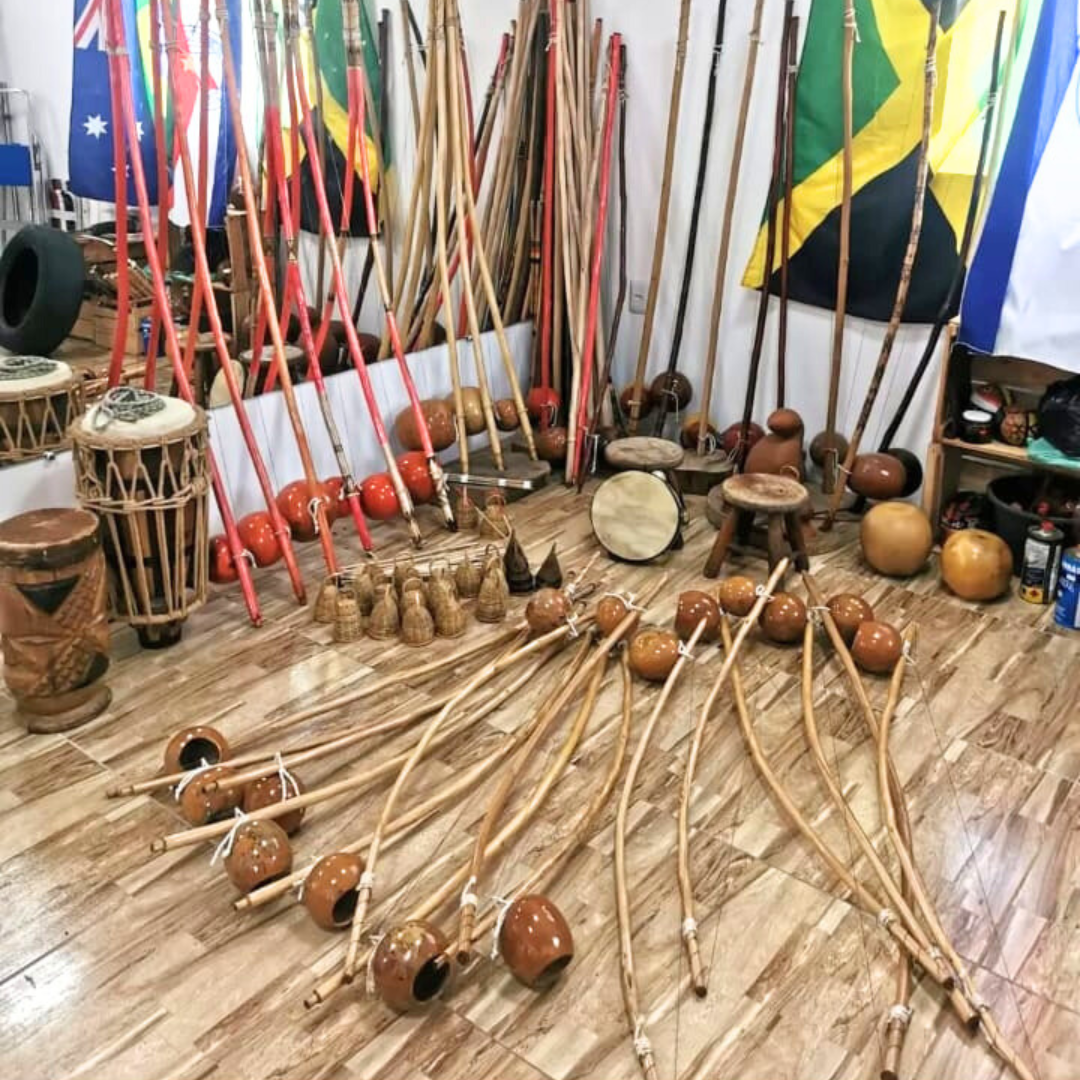

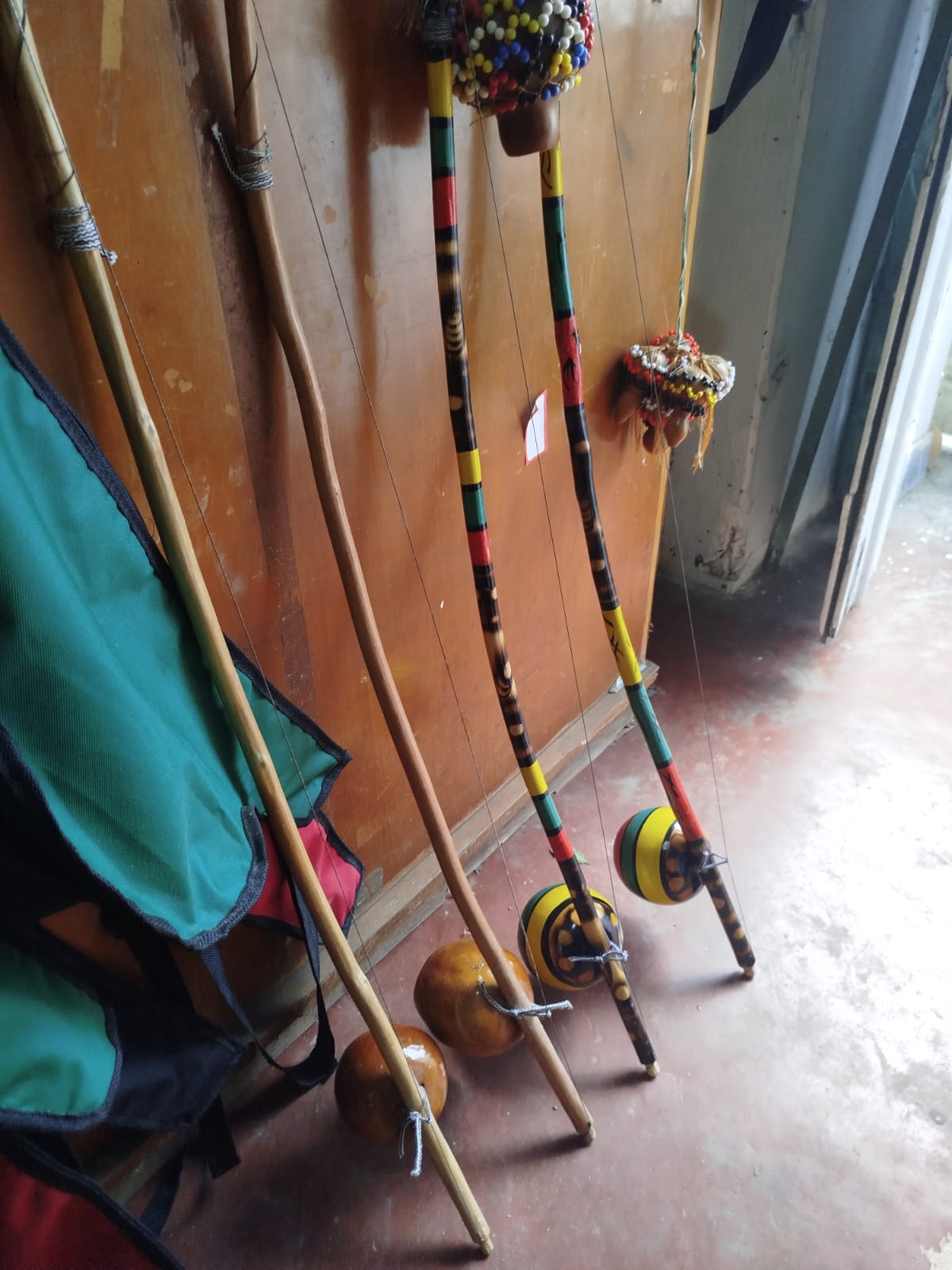
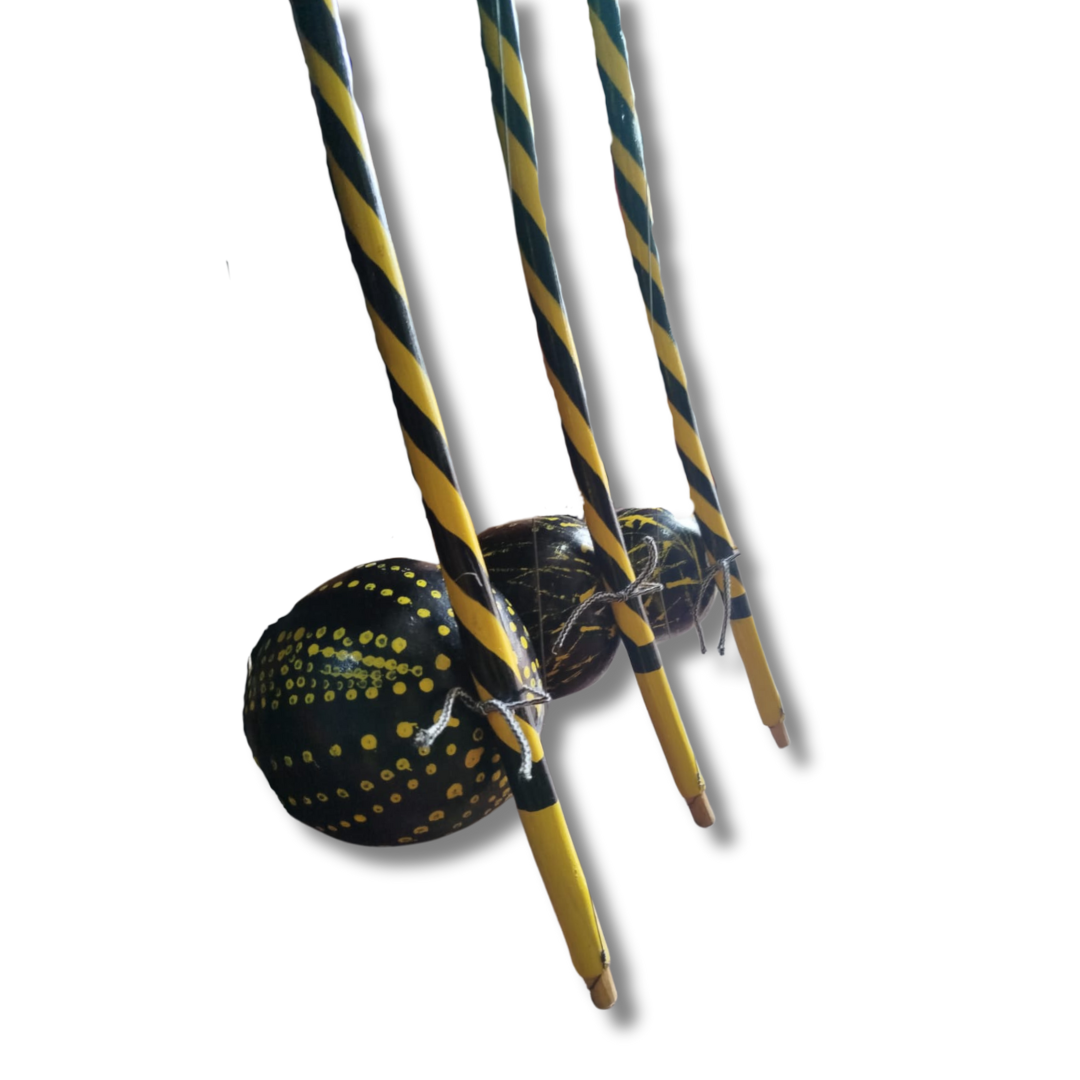
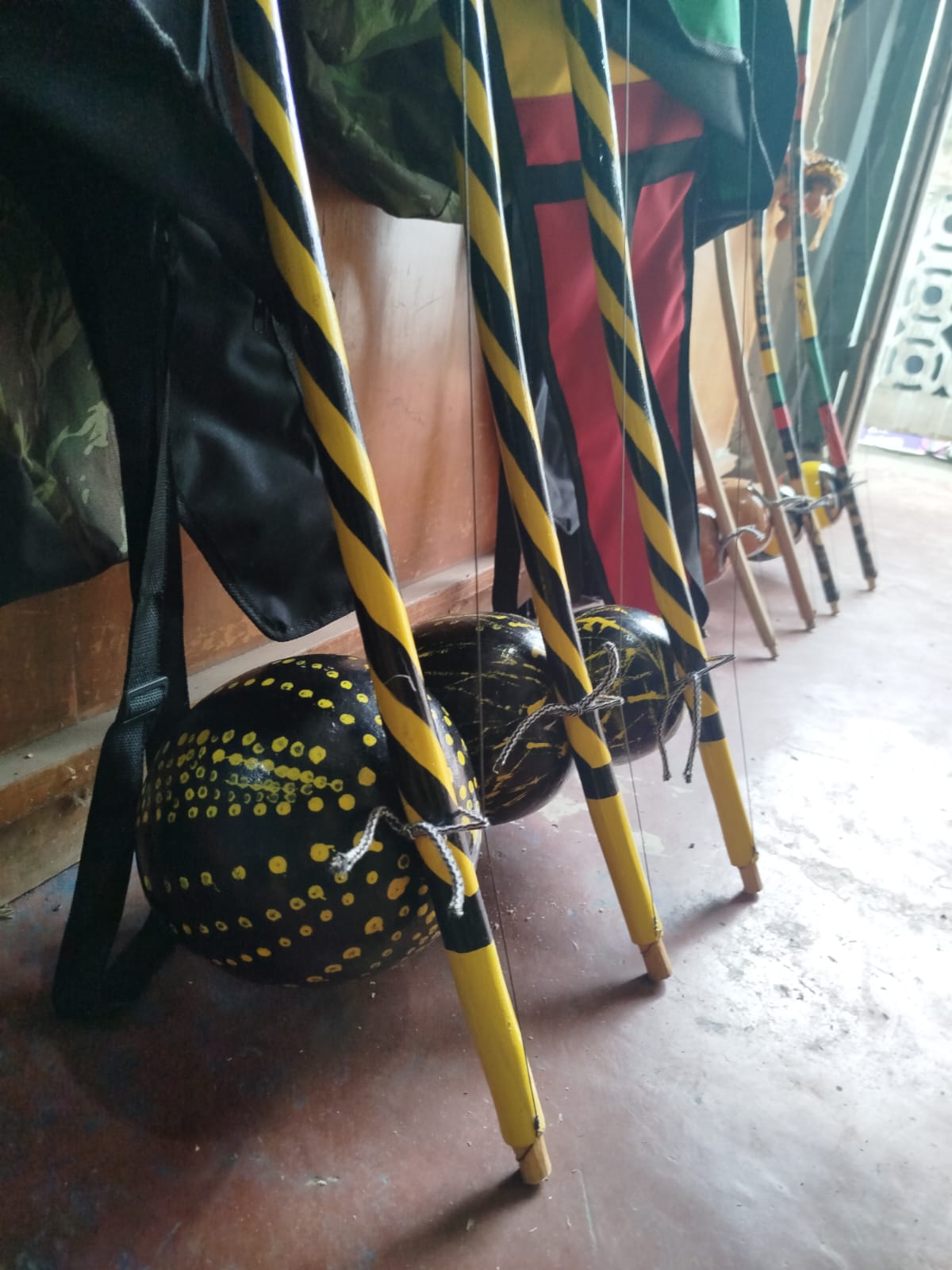
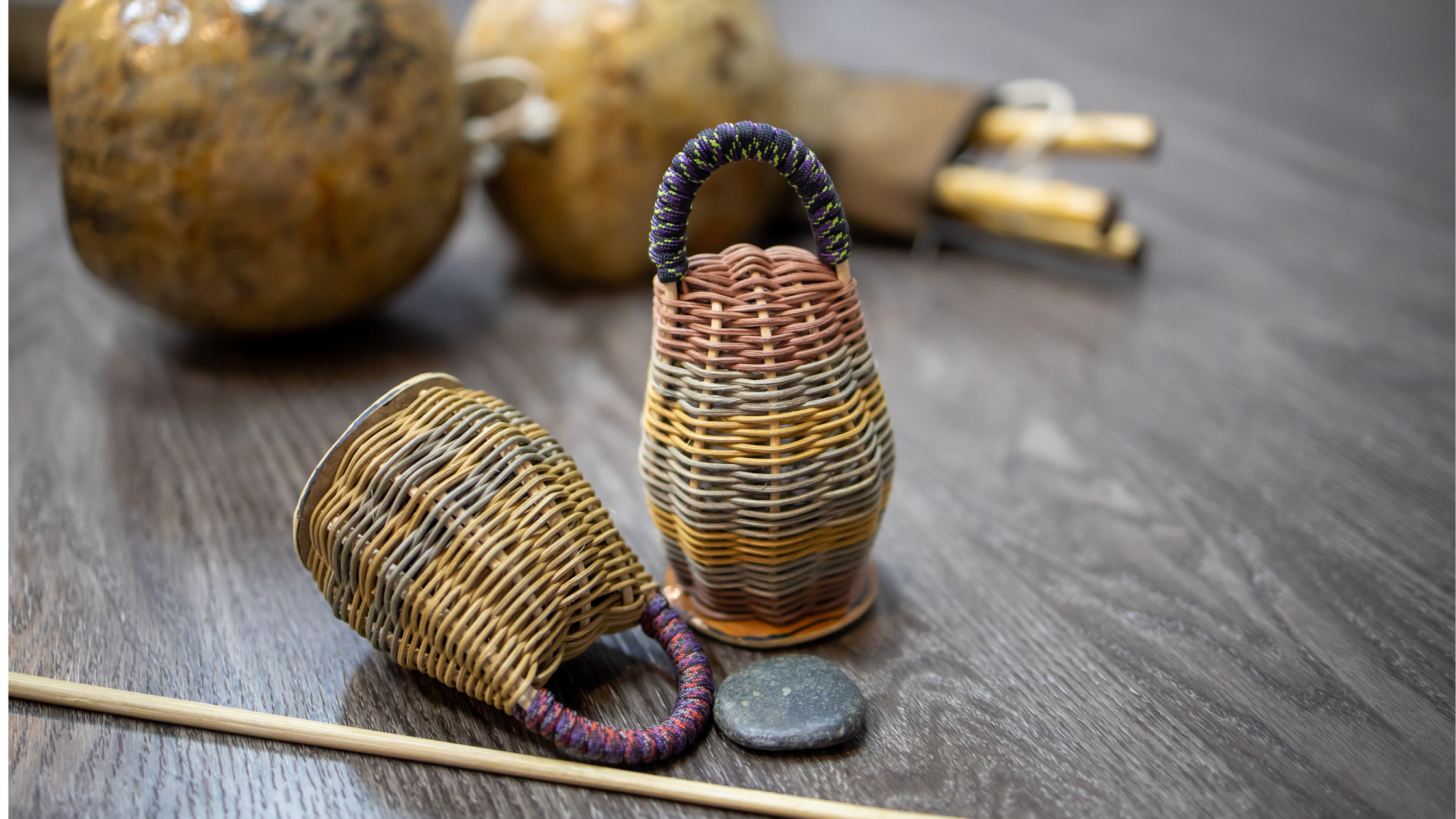
0件のコメント